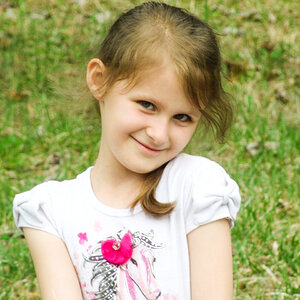jasonkt
TPF Noob!
- Joined
- Nov 20, 2007
- Messages
- 142
- Reaction score
- 0
- Location
- Coney Island in Brooklyn, US
- Can others edit my Photos
- Photos OK to edit
Yesterday on my rooftop in Coney Island, I decided to try my very first panorama. Any critique welcome! I didn't look up any tips before hand (although I have read the forum article a long time ago, I did this on a whim) so there really wasn't any planning. Also I didn't really do much more than overlap the photos so the crop isn't good (obviously) and the exposures and color are slightly off.
I'm planning on coming back to this later tonight or tomorrow so any advice will be helpful. I'm also planning on taking a more serious approach to it in the near future with some new shots and a real tripod. But for now I had fun and that's cool too right?
it's large so check out:
http://www.jasonkip.com/brooklynpanorama.jpg
I'm planning on coming back to this later tonight or tomorrow so any advice will be helpful. I'm also planning on taking a more serious approach to it in the near future with some new shots and a real tripod. But for now I had fun and that's cool too right?
it's large so check out:
http://www.jasonkip.com/brooklynpanorama.jpg


![[No title]](/data/xfmg/thumbnail/30/30872-cd51e29bb57fff318ae9841cb002aa5b.jpg?1619734489)
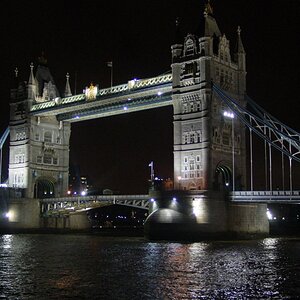
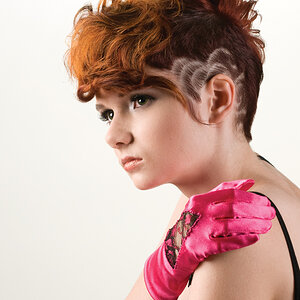
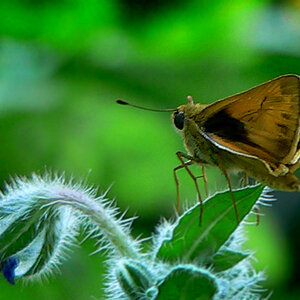
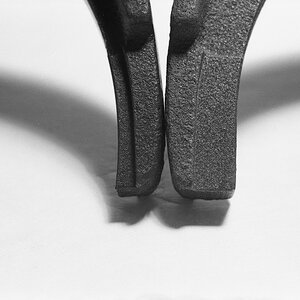
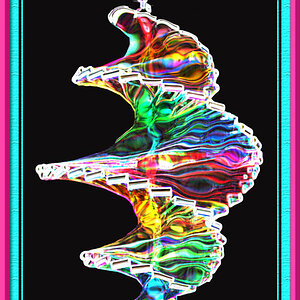
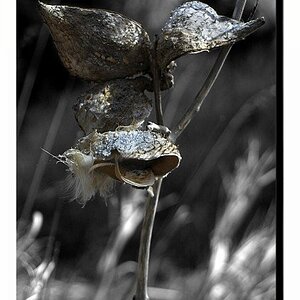
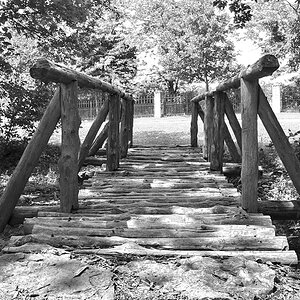
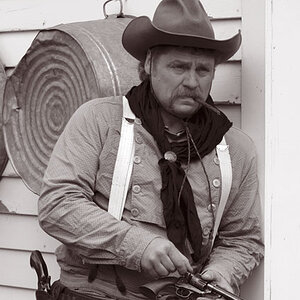

![[No title]](/data/xfmg/thumbnail/30/30868-01a498267fd96ce5b2d98347458d3903.jpg?1619734486)
